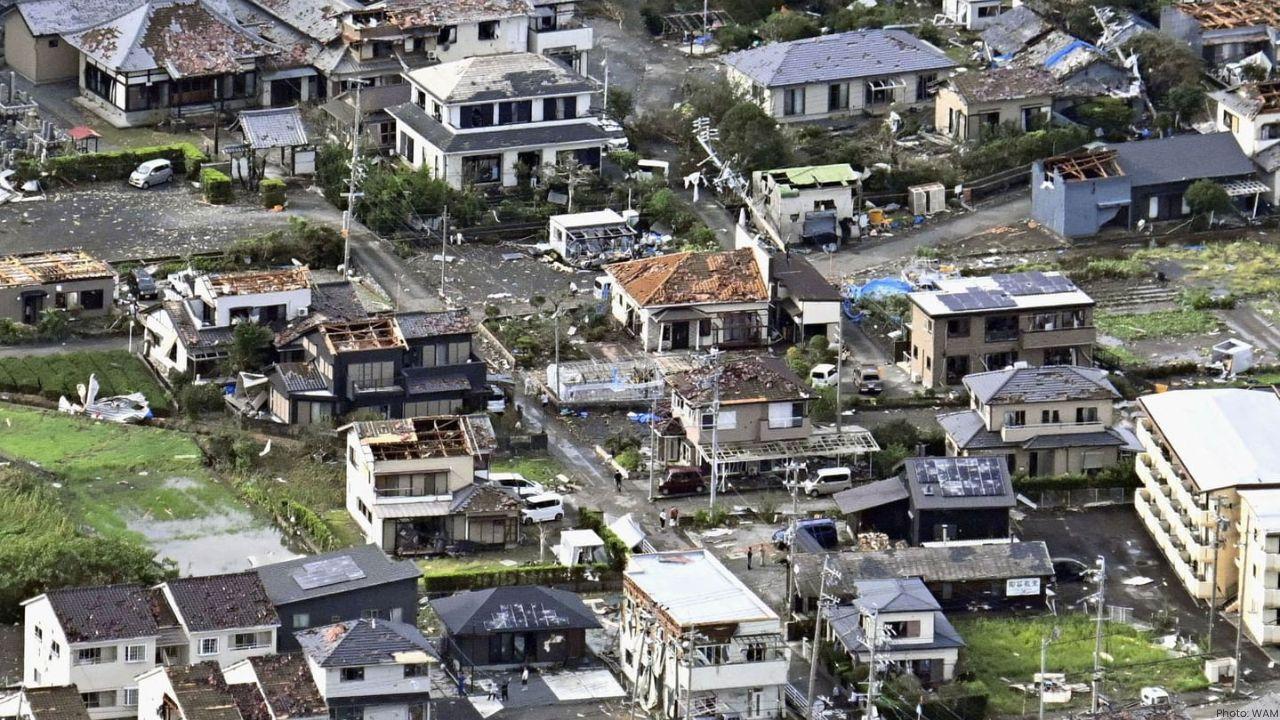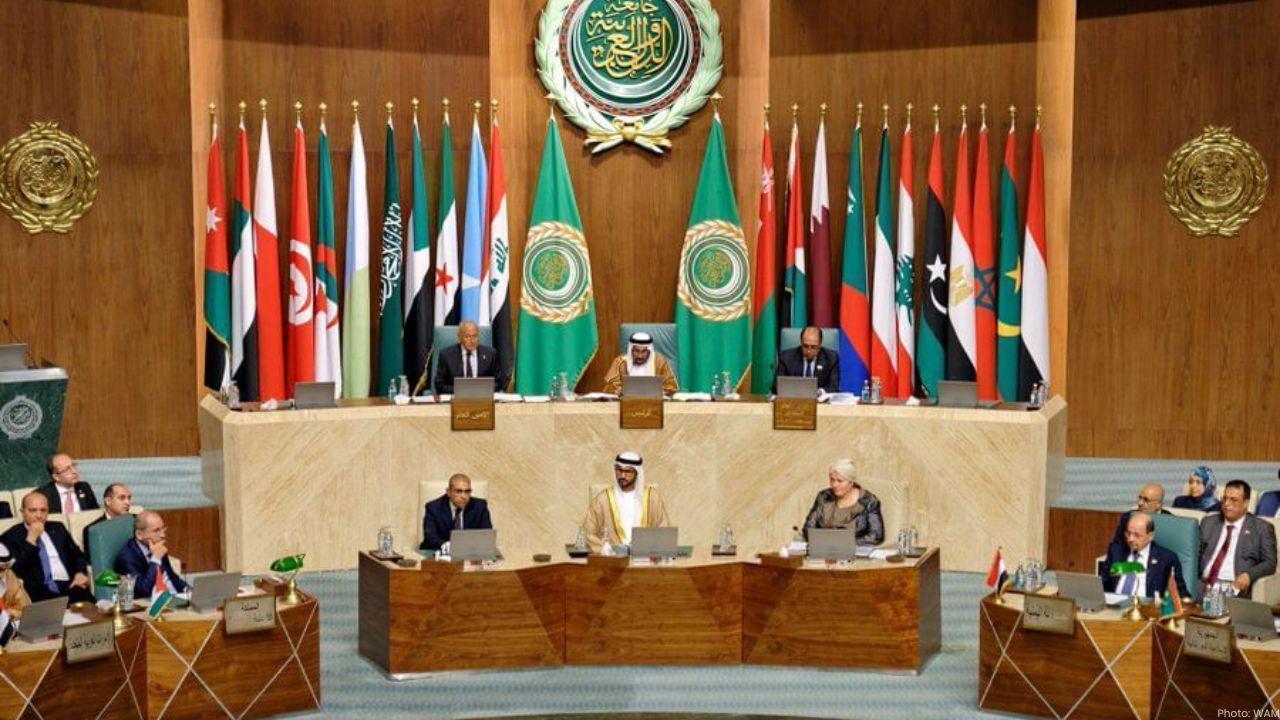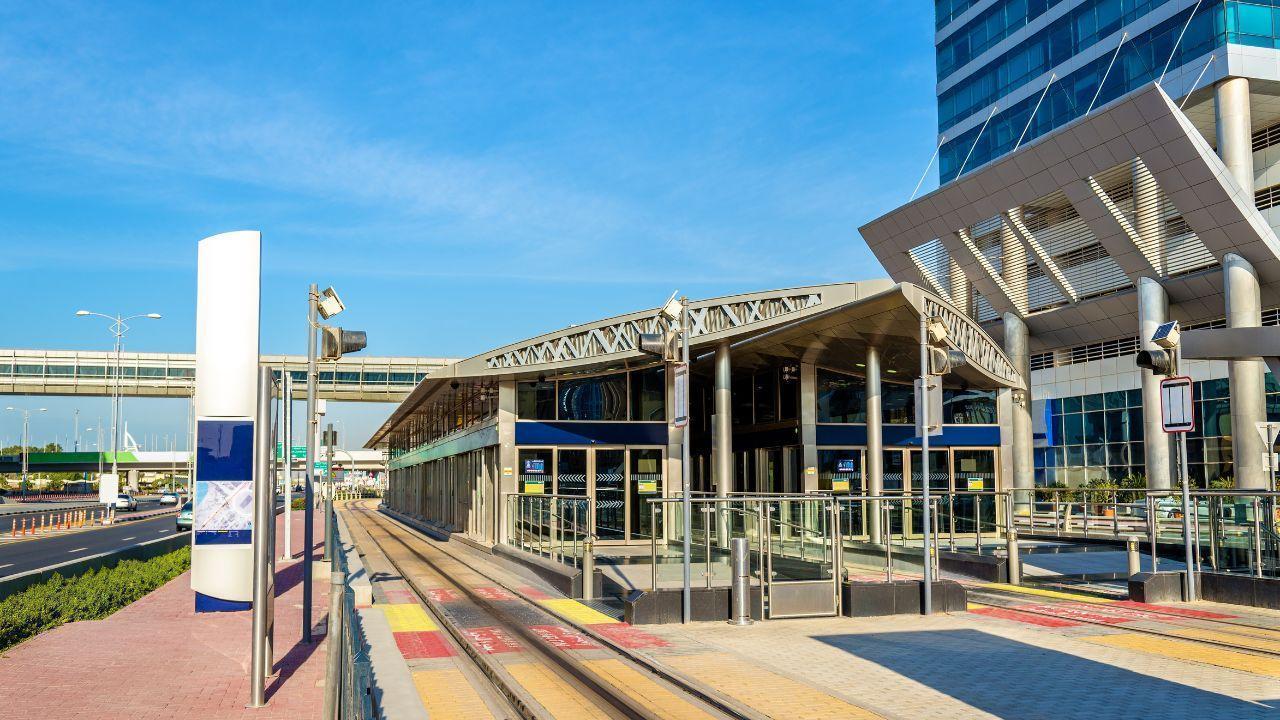
Post by : Layla Badr
Japan faced a powerful natural challenge on Friday as Typhoon Peipah, the 15th typhoon of the season, made landfall in western parts of the country. The Japan Meteorological Agency (JMA) issued strong warnings for landslides, floods, and other rain-related disasters, urging residents to remain cautious in affected areas.
This article explains the journey of Typhoon Peipah, the areas affected, the warnings issued, and what people should do to stay safe. The language is simple and easy to understand, so even students in the 8th grade can follow it easily.
Stay informed with the latest news. Follow DXB News Network on WhatsApp Channel
The Path of Typhoon Peipah
Typhoon Peipah first touched land in the early hours of Friday near the city of Sukumo, located in Kochi Prefecture, which is part of the Shikoku region of Japan. The typhoon arrived around 1 a.m., bringing strong winds, heavy rain, and rough sea conditions.
After crossing Shikoku, the storm moved east along the Pacific coast. Later in the morning, around 9 a.m., it made another landfall in the northern part of Wakayama Prefecture, which lies in the Kinki region. From there, the typhoon crossed the Kii Peninsula, a key geographical area connecting Shikoku and the Kinki region.
By Friday evening, meteorologists expected the typhoon to travel near the coast of the Tokai central region and then move toward the seas near the Kanto eastern region. This means that several densely populated areas were at risk of experiencing heavy rain and strong winds.
Areas Most Affected
The Japan Meteorological Agency warned that wide parts of Japan could be affected by the storm, from the Tohoku northeastern region to the Kinki region. Residents in these areas were urged to be careful and prepared for potential flooding, landslides, and rising river water levels.
The agency specifically mentioned the possibility of linear precipitation zones, which are long bands of clouds that produce intense and heavy rainfall in a short period. These zones could develop in the Tokai, Kanto, and Koshin central regions, bringing localized flooding and increasing the risk of disasters.
Warnings and Precautions
The JMA strongly advised people living in vulnerable areas to take safety precautions. Here are the main points of concern:
Landslides: The heavy rainfall from Typhoon Peipah increases the chances of soil and rocks sliding down hillsides. This is especially dangerous in mountainous and hilly areas.
Flooding: Low-lying areas, riverbanks, and streets are at risk of flooding due to excessive rainfall. Residents were told to avoid these areas until the water recedes.
Swollen Rivers: Rivers in several regions could overflow, causing rapid flooding that may put homes and farmland in danger.
Torrential Rain: Sudden heavy showers may create dangerous conditions for travel and outdoor activities. People were advised to stay indoors and keep emergency supplies ready.
Authorities in Japan also reminded residents to listen to local updates and follow evacuation orders if necessary. Shelters were opened in high-risk areas for those who needed a safe place to stay.
The Science Behind Typhoon Peipah
Typhoons are powerful tropical storms that form over warm ocean waters. They bring strong winds, heavy rain, and high waves, often causing significant damage in coastal and inland regions. Typhoon Peipah is part of the 2025 Pacific typhoon season, which has seen multiple storms hitting Japan and other neighboring countries.
Meteorologists track typhoons using satellites and weather stations. They monitor the storm's speed, wind strength, and rainfall intensity to provide timely warnings. For Typhoon Peipah, officials highlighted the risk of linear precipitation zones, which are particularly dangerous because they can bring heavy rain over a narrow area in a short time, causing sudden floods.
Impact on Daily Life
Typhoon Peipah affected transportation, schools, businesses, and daily life in many regions. Roads in hilly areas were slippery and dangerous due to heavy rain, making travel difficult. Public transportation, including trains and buses, faced delays or cancellations in affected regions.
Schools in some areas were temporarily closed to ensure the safety of students. Businesses also advised employees to work from home if possible. Emergency services were put on alert to respond quickly to any accidents or disasters caused by the typhoon.
Safety Measures for Residents
The Japan Meteorological Agency and local authorities recommended the following steps for residents:
Stay indoors: Avoid going outside unless absolutely necessary, especially during heavy rain or strong winds.
Prepare emergency kits: Include essentials like water, food, first-aid supplies, flashlights, batteries, and important documents.
Follow official updates: Keep a radio or phone nearby to receive the latest weather updates and evacuation orders.
Move to higher ground if needed: People living near rivers or in low-lying areas should relocate temporarily to safer, elevated locations.
Avoid driving or walking through floodwater: Water may be deeper than it looks and can carry dangerous debris.
Historical Context
Japan often faces typhoons during the summer and early autumn months. These storms can bring extreme weather conditions, including heavy rains, strong winds, landslides, and flooding. Over the years, the country has developed advanced warning systems and disaster response protocols to minimize the impact of such natural events.
Despite careful preparation, typhoons still pose a serious risk to life and property. Residents are encouraged to take warnings seriously and act promptly to ensure safety.
Typhoon Peipah, the 15th typhoon of the season, has reminded Japan of the power and unpredictability of nature. From the Shikoku region to the Kanto region, heavy rains, floods, and landslides are expected. The Japan Meteorological Agency has issued strong warnings and urged people to take all necessary precautions.
Residents in affected areas are advised to stay indoors, prepare emergency supplies, and follow updates from authorities. By being cautious and prepared, the risks from Typhoon Peipah can be minimized, ensuring the safety of families and communities across western and central Japan.

Arab League backs Egyptian-Saudi plan for regional security
Arab League adopts Egyptian-Saudi security vision to strengthen cooperation, combat terrorism, and b

Dubai RTA Announces Traffic Diversions for Metro Blue Line Work
Dubai RTA begins Metro Blue Line construction, causing road closures near Centrepoint and Creek stat

Global Food Prices Stable in August, Meat Hits Record High
FAO reports global food prices steady in August as meat, sugar, and vegetable oils rise, while cerea

Luton Airport Tops Disability Access with New Assisted Services
Luton Airport transforms disability access with new assisted lounge, self-wheelchairs, and personali

Harshit Jain Deported from UAE for Tax and Gambling Crimes
Harshit Babulal Jain, wanted for tax evasion, money laundering, and gambling, was deported from UAE

Europe Launches Jupiter: Fastest Exascale Supercomputer
Germany unveils Jupiter, Europe’s first exascale supercomputer, aiding AI research, climate studies,

Typhoon Peipah Hits Western Japan: Heavy Rain, Landslide Alert
Typhoon Peipah struck western Japan, bringing heavy rain, landslides, and floods. Authorities warn r

Voices of UAE: Bouchra Izaabel-Transforming Fertility Care, One Heart and One Story at a Time
Transforming Fertility Care, One Heart and One Story at a Time

Pakistan Defeat UAE by 31 Runs in T20I Tri-Series Clash
Pakistan beat UAE by 31 runs in Sharjah T20I Tri-Series. Saim Ayub hit 69, Hasan Nawaz 56, while Has

Vice President’s Jiu-Jitsu Cup Ends with UAE Clubs Triumph
Sharjah Al Ain Al Jazira and Baniyas clubs shine as champions in the Vice President’s Jiu-Jitsu Cup

Liverpool beat Arsenal City fall to Brighton in EPL drama
Liverpool edge Arsenal with Szoboszlai’s stunning free-kick, while Manchester City suffer second str

Tawfiq wins UAE President’s Cup Arabian Horse Race in Russia
Tawfiq claimed victory at the UAE President’s Cup in Kazan, Russia, thrilling 20,000 fans with a dra

GCC Chief Urges Stronger Push on Global Free Trade Talks
GCC Secretary-General Jasem Albudaiwi pressed negotiators to intensify efforts on free trade pacts b

UAE and India Strengthen Trade Ties with Mumbai Business Talks
UAE Minister of Foreign Trade Dr. Thani Al Zeyoudi met Indian leaders in Mumbai to expand CEPA benef

UAE announces September fuel prices for petrol and diesel
The UAE Fuel Price Committee set September 2024 rates: Super 98 at AED 2.90, Special 95 and Diesel a